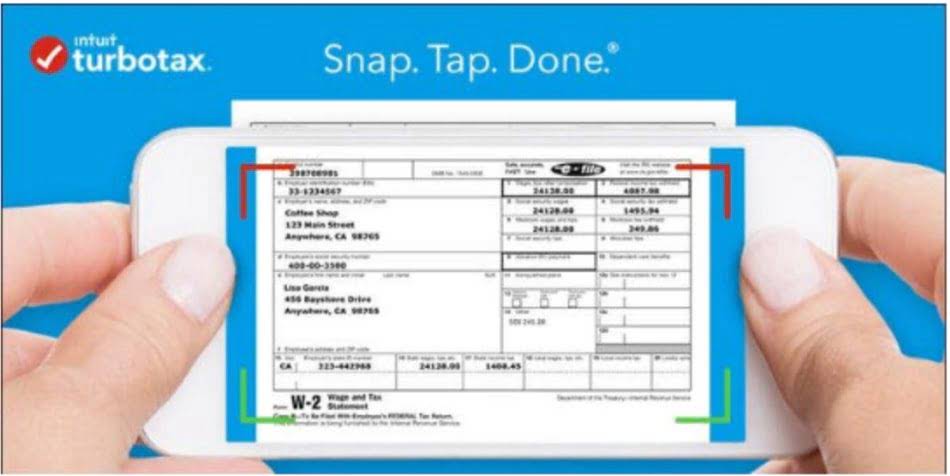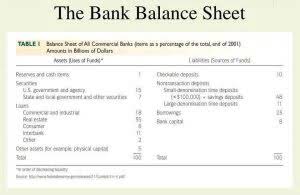
By outsourcing, your business can reap numerous advantages such as tapping into a wealth of expert knowledge, streamlining processes for better efficiency, and cutting down on overhead expenses. By implementing robust bookkeeping practices, contractors can optimize cash flow, improve financial stability, and set the foundation for long-term success. Separate accounts for payroll, taxes, client payments, and expenses help maintain financial clarity. This segregation ensures you always know where your money is going and simplifies tax preparation.
Break free from manual data entry ✨
- Fragmented data can delay decisions and lead to miscommunication and cost overruns.
- Bookkeeping in construction is a unique kind of financial management and accounting.
- Milestone payments ensure that money is coming in throughout the project, reducing reliance on lump-sum payments at the end.
- We create a positive work relationship that values your time by responding to your concerns promptly.
While bookkeeping in the construction industry can be challenging due to its many considerations, it’s an essential part of successfully running a construction firm. With the right process, you can save time on your invoicing, accounting, bookkeeping, and tax preparation, even without previous construction accounting experience. This will make it easy for you to send invoices online, track expenses, monitor payment status, generate financial reports, and more. Many construction companies use a “completion percentage” approach, meaning they calculate estimated taxes based on quarterly income and expense reports.
What Are the Three Common Types of ERP?
Unlike service or product-based industries, construction bookkeeping must account for site-specific variables like permits, subcontractors, and material costs. Each construction accounting method offers insights into a project’s financial impact, helping ensure projects stay on track, on budget, and successful. Many small business owners begin by tracking transactions through an Excel spreadsheet. Yet, as the business grows, they start to realize that this is not a scalable solution. One way to solve this problem is to use accounting software like QuickBooks Online because it automates the bookkeeping process. Without consistent financial reports, it’s challenging to understand project profitability and make informed decisions.
Tracking Costs Across Multiple Projects
Here are some practical tips income statement for construction business owners on simplifying their accounting and financial management. Since many construction companies charge per project, pricing can vary in the same categories from one project to another due to market fluctuations. Insurance premiums, material costs, subcontractor fees, equipment costs, and rentals can change at any time and affect the bottom line of each project.
Tip 2: Use job costing to manage project costs and general business ledgers

The construction industry is subject to economic, political, weather, and seasonal fluctuations. Unlock the keys to your success with financial projections and prepare for the future with cash flow management assistance from Rooks Bookkeeping. Unfortunately, this becomes so commonplace that even once the business is established and successful, expenses construction bookkeeping are still paid out of a personal bank account. Hiring a professional bookkeeper or CPA familiar with the industry can save time and ensure compliance with regulations. Stepping into the realm of construction bookkeeping may seem challenging initially, but with dedication, clarity, and the right tools, it transforms into a rewarding practice. Proper bookkeeping paves the way for insightful business decisions, streamlined operations, and financial success.

How to get started with project accounting
Job costing is an essential part of running a financially stable construction business. Each project generates its own individual profits and also has its own unique expenses to consider. To make the most of each project, construction companies must carefully track and allocate their costs over the course of the job.
Budget variance
With Ramp, construction companies can speed up their month-end close by over a month. Inventory management is crucial for construction companies to prevent overstocking or running out of materials. Implement a system for tracking inventory levels and reordering supplies as needed. Also account for equipment depreciation and maintenance costs to ensure accurate financial reporting. Construction accounting is a financial management system designed to handle the complexities of project-based operations, including tracking costs, revenues, and cash flow specific to each job.


This step-by-step guide is tailored for Airbnb Accounting and Bookkeeping beginners in the construction industry, offering insights that make the journey smoother. In the percentage of completion method (PCM), companies can recognize revenue as it’s earned throughout the lifetime of a contract. This is the most common construction accounting method, particularly for large, multi-year projects. Generally speaking, all companies with gross revenue above $25 million must use this method for projects that take two years or more (unless it is a qualifying home construction project). Another crucial element of construction accounting is contract revenue recognition. There are a few methods to go about doing this, and construction companies will choose their preferred method based on the size of the business and the type and duration of various projects.
Mistake 1: Choosing a Generic ERP Instead of a Construction-Specific Solution
Dalux is a building information modeling (BIM) tool designed to help teams collaborate on-site designs. It provides powerful tools for viewing, drafting, and integrating with other BIM platforms to enhance project workflows. It allows construction teams to share, review, and update documents without unnecessary delays. Reducing email chains and manual file transfers can improve efficiency and minimized miscommunication.
